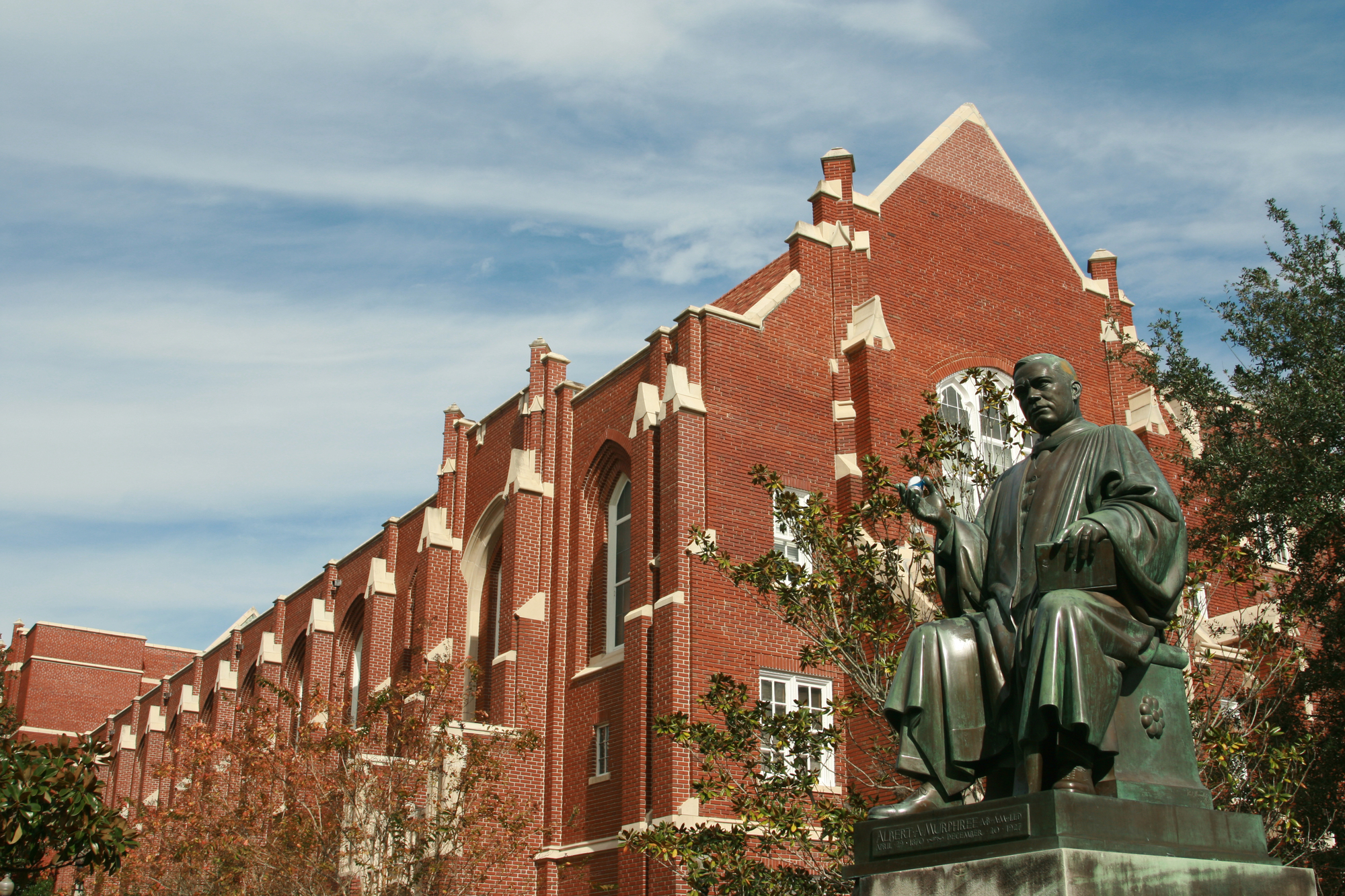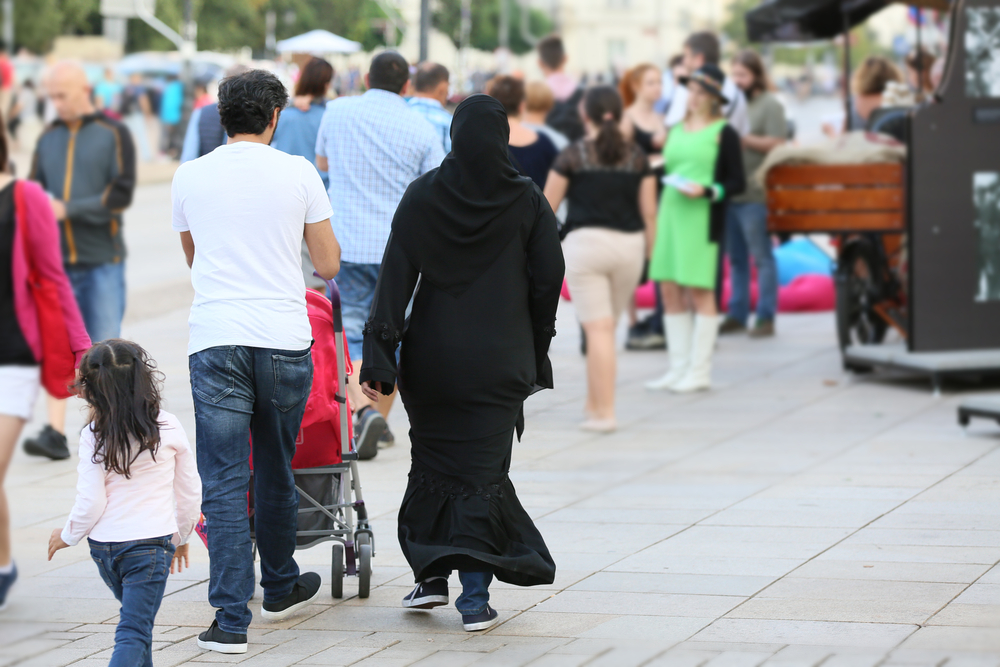Looking Ahead to the Georgia Senate Special Elections 2021: A Changing Electorate at the State and Metro Level
Date: December 3, 2020

With so much of the 2021 federal legislative agenda resting on the outcome of the two Senate run-offs in Georgia on January 5, 2021, NAE took a closer look at the voters who will be participating in those elections. Given President-elect Biden’s slim, yet historic, victory in Georgia in the presidential election, we examined the changes to the racial and ethnic makeup of the state’s electorate since 2010.
We also examined in detail Georgia’s major metropolitan areas, Atlanta, Savannah, and Augusta. As other analyses of the election results have shown, the state’s largest cities and their suburbs saw the biggest electoral swings. With this new ACS data, we can see how the electorate in these metro areas has changed and what it might mean for future contests, including the special elections for Senate coming up in January 2021.
- Georgia’s electorate is diversifying at a rapid pace. Comparing Georgia to other Southern swing states, like North Carolina, we find that the racial and ethnic makeup of the state’s electorate has diversified at a much faster rate since 2010.
- Since 2010, Georgia has added 636,000 new eligible minority voters, compared to only 446,000 in North Carolina.
- This includes more than 345,000 new African American voters, almost 152,000 new Hispanic voters, and more than 72,000 new Asian American voters.
- More importantly, minority voters in Georgia increased their share of the state’s electorate by 4.5 percentage points to 42%, compared to minority voters in North Carolina, who only increased their share by 2.9 percentage points to reach 31% of all eligible voters in North Carolina.
- There has been a significant increase in immigrant voters in Georgia. Since 2010, almost 144,000 new immigrant voters have joined the Georgia electorate. Immigrants went from making up 4.7% of the electorate in 2010 to 6.1% of the electorate in 2018. Many of these immigrants call the Atlanta metro area home. In 2018, there were 371,000 eligible immigrant voters in the Atlanta metro area alone.
- College-educated voters now make up close to one third of Georgia’s electorate. The number of college-educated voters in Georgia has increased dramatically since 2010. There are now more than 2.2 million college-educated voters in Georgia, making up 29.4% of the electorate in the state. This is an increase of more than 537,000 college-educated voters, or 4.5% of the electorate since 2010.
Atlanta
- The electorate of the 10-county metro Atlanta region is now majority-minority, following a net loss of more than 38,000 white eligible voters, and a net loss of more than 121,000 white eligible voters without a college degree.
- As of 2019, minority eligible voters now make up 54.4% of the electorate in the Atlanta metro area. As recently as 2010, white voters made up the majority in the region.
- Since 2010, the region has gained almost 332,000 eligible voters: Two-thirds (221,000) of these new eligible voters were African American, 67,000 were Hispanic, and almost 51,000 were Asian American.
- The metro Atlanta region is also by far the main immigrant hub in Georgia. The more than 324,000 immigrant voters in the metro Atlanta region represent more than two-thirds of all immigrant voters in Georgia, and immigrants went from making up 8.2% of the electorate in 2010 to almost 11% in 2019.
- New voters to the metro Atlanta region were also overwhelmingly college-educated. Of the 332,000 new eligible voters since 2010, 87% (almost 290,000 people) held at least a bachelor’s degree, which included 136,000 college-educated African American voters, 20,500 college-educated Hispanic voters, and more than 36,000 college-educated Asian American voters. Overall, the region experienced a net loss of more than 121,000 white eligible voters without a college degree.
Savannah
- Since 2010, the 3-county Savannah metro area has gained more than 50,000 new eligible voters.
- More than 56%, or more than 28,000, of these new voters were minority eligible voters, including 18,000 new African American voters, almost 7,000 new Hispanic voters, and almost 2,000 Asian American voters. Minority voters went from making up 41.6% of the electorate in the Savannah area to 44.1% of the electorate.
- More than one of five new voters in the Savannah region were immigrants. Between 2010 and 2019, Savannah gained more than 10,000 new immigrant voters.
- More than 4 out of 10 new voters in the Savannah area held at least a college-degree. The number of college-educated voters in the Savannah area grew by more than 20,000. More than half, or more than 11,000, of these new college-educated voters were African American.
Augusta
- Since 2010, the 5 counties in the Augusta metro area in Georgia have gained almost 30,000 new eligible voters.
- This increase was due entirely to new minority voters, who offset the small decrease seen in white eligible voters in the area. More than 70%, or 21,000, of the new eligible voters in the region were African American. Another 4,000 were new Hispanic voters and further 3,000 new voters were biracial or of mixed heritage.
- More than one-third of all new voters in the Augusta area held at least a college-degree. The number of college-educated voters in the area grew by almost 11,000, including more than 4,000 college-educated minority voters.
Previous NAE research found that college-educated and minority voters have become a larger force within the electorate in numerous swing states, including Florida, Michigan, Arizona, Georgia, North Carolina, Texas, Pennsylvania, and Wisconsin.






